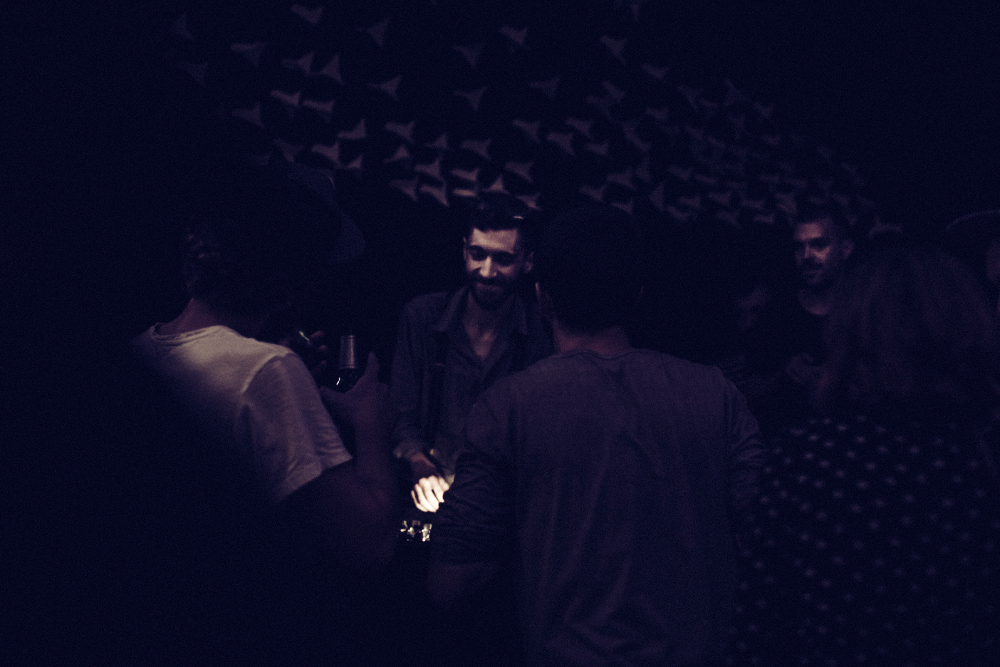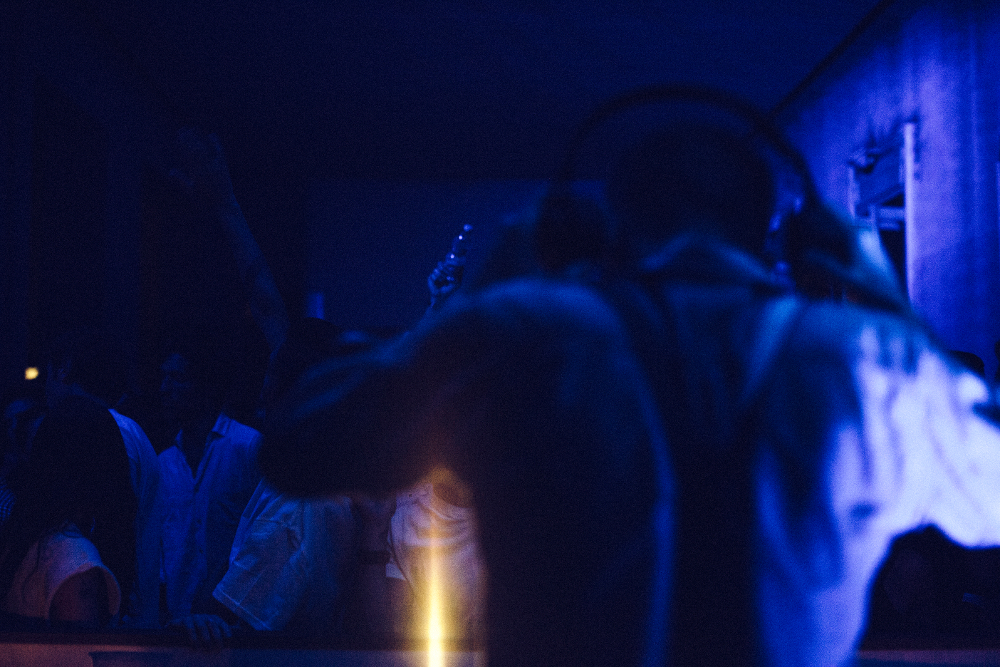Matt Karmil – Tessellation and Repetition
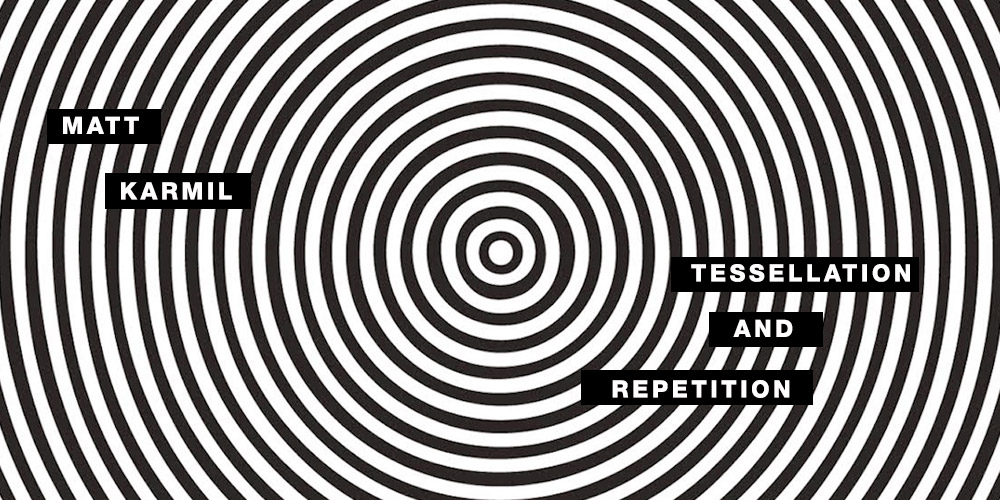
With two distinct albums out already this year, a prolific and very content Matt Karmil has plenty to discuss.
Matt Karmil is sat in what appears to be a cupboard, grinning from ear to ear. Thereās little in the way of natural light, and heās surrounded by the kind of pipe work youād expect to find in a boiler room. For the next few weeks, this tiny space ā a small studio inside a larger complex in Gothenburg ā will be his home.
āI sleep here when Iām working here,ā Karmil tells me. āItās nice enough, but I know a lot of friends my age are surprised that I can sleep on a mattress, in a cupboard. But I want to do music, thatās it.ā
To say that Karmil has āsuffered for his artā would be a bit over-dramatic, but itās certainly true that his story is unusual by the standards of underground electronic music. He taught himself to play classical guitar as a teenager while off school suffering from post-viral fatigue syndrome and Epstein-Barr virus, conditions that resulted in intense, flu-like symptoms for six or seven months a year. He then moved to Scandinavia to ālive in a forestā, before heading back to London and getting work as a session player and jobbing studio engineer. This resulted in credits on all manner of rock and pop records.
āIt was an amazing education to work with the people I did, and learn studios and techniques,ā he says. āBeing a bit of a nerd, I used to stay behind at night at everyone had gone home, trying out different hardware and combinations of equipment.ā Karmil admits he wasnāt that interested in pop music, but stuck with it because of these benefits, adding, āI didnāt have the confidence to push myself forward as an artist, or tell people about the music I really wanted to make.ā
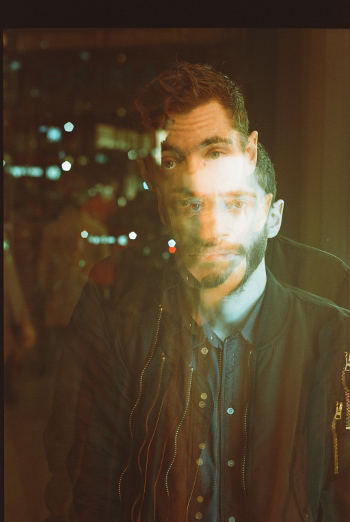 Karmil had always produced his own music, and spent much of his twenties as a jobbing DJ around London. After turning 30, he decided the time was right to follow his dream of becoming a solo artist.
Karmil had always produced his own music, and spent much of his twenties as a jobbing DJ around London. After turning 30, he decided the time was right to follow his dream of becoming a solo artist.
āI realised Iād been making tons of music,ā he says. āBut I didnāt have any context or confidence to develop, or approach labels. Iād always thought āthatās not for me, I just do it for funā. After turning 30 I began to think that maybe I could do it if I focused a bit, and really changed things.ā
So he did just that, moving to āquite an alternative placeā in Cologne. While there, Karmil committed to living āsuper cheapā, and began to make connections with some of the other musically-minded residents and their extended circle of friends. This in turn led to friendships with Barnt, Popnonameās Jens Uwe Beyer, and āsome of the guys who run Kompaktā. It was through Beyer and his partner Gesine that he was introduced to Areal and International Records Records (IRR) boss Ada, a meeting that changed his life.
āJens told me to play Ada some of my music, so I did,ā he says. āShe heard a couple of tunes, asked me what label they were on. I replied: ānoneā. She asked what labels I normally release on, and I told her that Iād never had any of my music out. So, she asked if I had any more tracks, and I told her Iād got āabout four or five hundredā.ā Her request to release some of Karmilās music was met with an instant and enthusiastic handshake.
Ada was as good as her word, and in the autumn of 2013 Karmilās solo debut, Reverse Peephole, hit record stores. In hindsight, it was a remarkable debut. The title track, in particular ā a dusty deep house groove that morphs into a throbbing, bass-heavy anthem midway through ā caught the imagination of DJs, dancers and label owners around the globe. Suddenly, the producer who had āno confidenceā became one of house and technoās most in-demand men.
āI assumed, incorrectly, that people like Tim Sweeney and (Idle Hands boss) Chris Farrell would just think I was some pop-producing know-nothing, and be dismissive,ā he says. āI felt like I had to hide what Iād done previously. I was amazed that people whose radio shows and labels I liked were so positive and supportive.ā
Over the last two years, Karmil has released a string of fine EPs, each markedly different to its predecessor. Contrast, for example, the loved-up disco-acid bliss of āSo You Say (Dirty Tapeheads Mix)ā on Beats In Space, with the ultra-deep, leftfield house shuffle of āI Freezeā on Yume, and the woozy pulse of āKiss & Make Upā on Endless Flight with the hissing, off-kilter analogue funk of his Play It/Do It/Say It EP on Idle Hands. While there are constants throughout his work ā dusty textures, extensive use of loops, and clever sample manipulation ā Karmilās calling card thus far has been his subtle eclecticism.
āIāve struggled with eclecticism quite a bit,ā he ponders. āIf youāre a producer who makes records that are compatible with each other, itās easier to fit into particular clubs or situations. In a way, Iād love to be able to make records that are homogenous in that way, and have a very pure aesthetic focused on one thing.ā
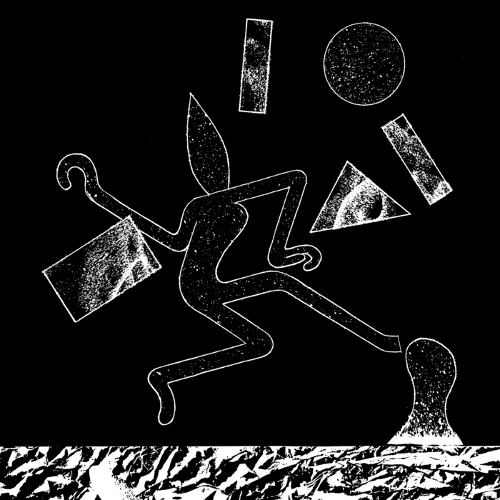
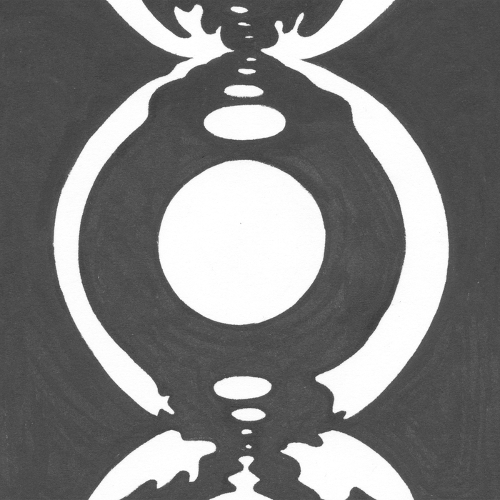
When prompted as to the root of his dancefloor eclecticism, he offers a couple of different explanations. āI do move around a lot, and travel a fair bit,ā he says thoughtfully. āMy interests are also quite varied ā not just musically, but also in terms of books and visual art.ā Karmil tries to channel these influences into music production, stating his interest in āreflecting ideas from other forms of culture, turning visual or literary inspirations into sound effectively.ā
Karmil also believes his working methods play a role in the wide-ranging nature of his house and techno productions. āI do flow myself into periods where I make the same kind of track for three or four weeks,ā he admits, adding some musical ideas have been on the boil for many years.
āSome of those Iāve taken into different contexts, sped them up or slowed them down, and tried different versions. There are harmonic movements and vibes from older tracks that Iāve tried in different ways,ā Karmil tells me, comparing his methods to a flow chart. āThatās how I do it, taking something and developing it, using themes and variations. When I hit on something and I think itās good to go, itās finished.ā This, he amusingly states, “can take 20 minutes, or 20 years.ā
Nowhere is this approach more obvious than on his full-length excursions, the third of which, ++++, recently dropped on PNN. In some ways, Karmilās albums are his most impressive works. Freed of the pressure to serve up two or three tried-and-tested dancefloor numbers, he can work to a loose concept, explore one idea more deeply, or play around with subtle variations on a theme.
āI make these big board charts,ā he says, flashing a large piece of cardboard covered in scrawled handwriting, Post-It notes and potential track titles in front of his webcam. āI use them to write down what Iām thinking, potential sequences of tracks, whether Iām being too repetitious, the project is following the shape Iām looking for, and so on.ā
He points to the charts which reveal there were six or seven tracks he ended up not using on ++++, because they didnāt fit the narrative. āIām still not sure whether theyāll form the basis of another album or not,ā he admits. A faintly ridiculous statement for a man that has two albums to his name four months into 2016.
The approach he discusses can be seen in the dusty, deep, sample-based excursions that made up his quietly melodious 2014 debut album on PNN, —-, and the playful beat-scapes and sun-ripe electronics of his recent IDLE033 on Idle Hands. It is, though, most obvious on ++++, an album of hypnotic, almost minimalist experimental workouts created with a specific theme in mind.
āWhile making it, I got really into Escher, and started to think deeply about tessellation and repetition,ā he says. āWhen you look at an Escher piece, you canāt hold both images in your head at the same time. Theyāre both there, but you canāt interpret both simultaneously.ā This led to Karmil pondering the expectancy of where beats should be in a house or techno track, and the āsubtle shifts that change your interpretation.ā
Warming to his theme, Karmil gives a clear example. āLook at the opening track from the album, āPerfect Worldā,ā he enthuses. āHow you hear the vocal subtly changes, from āitās a perfect worldā, to āitās an imperfect worldā, via the ambiguous āworldā in the middle.ā He reveals he made three different versions of the track, with the kick in three different places, experimenting with different ideas. āThatās a simple example ā there are more subtle variations of the same idea across the album.ā
Certainly, thereās something a little unsettling and occasionally disarming about much of ++++. Over the course of nine mesmerizing tracks, Karmil variously touches on African-influenced percussion workouts (āAFā), sparse, Reichian synthesizer compositions (āCarry Her/Waveā), sludgy loop-ambience (āCrystalsā, āPulseā), and fuzzy, super-deep electronica (āIf Iām Honest I Miss You A Little Bitā). As a riff on a theme goes, itās mightily impressive, and does a great job in showcasing Karmilās ability to wrestle the maximum amount of late night atmosphere from his vast ā and still expanding ā archive of samples.
āI have tons of samples that Iāve been floating around since I was 16,ā he tells me, adding heās memorized all the different needle drops, crackles and ambient textures in his head. āI listen to them occasionally, but when I think I finally have the right track to use one on, I then have to work out which MPC, sampler or .zip disk itās on.āĀ Then Karmil gets to work, āIāll push the sample until itās not interesting, then pull it back a bit. Itās all about taking things out of context.ā
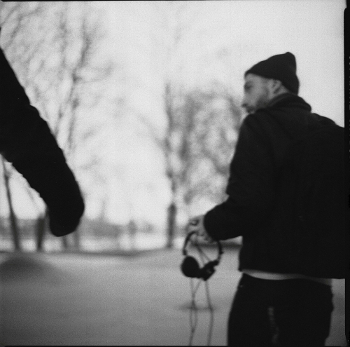
Karmilās music-making process is complicated by his passion for living and working in different places. His vast collection of samplers and groove boxes is split between Germany, Sweden and the UK, and he now does much of his work with a stripped-back set-up that includes a laptop and a Teenage Engineering OP-1 keyboard. āItās really small and you can do so much with it,ā he enthuses. āIt really does remind me of being 16 and having all of the limitations that go with having a four-track cassette recorder.ā
Karmilās passion for studio equipment is infectious. Heās able to talk at length, and in great detail, about a variety of obscure samplers and effects units, as well as the āamazing acousticsā of the studio heās currently sat in. Heās particularly enthusiastic about reel-to-reel tape machines.
āYou can really feel the vari-speed on these machines,ā he says gleefully. āEvery time you press stop, the tape player makes this great noise. Itās somehow a bit like vinyl ā it has that thing of being a subtly different experience each time.ā He compares them to a great human performer, āthey will make errors, but they will be so subtle, and different every time.ā
Heās clearly a firm advocate of the acceptable form of randomness that comes with using tape machines. He pauses for a moment, a broad smile lighting up his face. āYou can probably see how happy I am thinking about it,ā he says. āIt really makes me very happyā.
Karmil certainly appears to love life right now, with the giddy enthusiasm of a teenager. Itās almost as if heās a little punch-drunk as a result of the whirlwind nature of his recent solo success. āI feel like Iām only just starting,ā he says cheerfully. āIām excited about where I am, I want to visit more places, and I absolutely love DJing. Iām far from rich, but Iām one of the luckiest people in the World.ā
Interview by Matt Anniss
Blurred Karmil portrait courtesy of Jack DayĀ
Black & White Karmil portrait courtesy of Manuel Schlindwein
Header image by Ilaria Pace based on artwork by Chris Yeates
Matt Karmil on Juno
